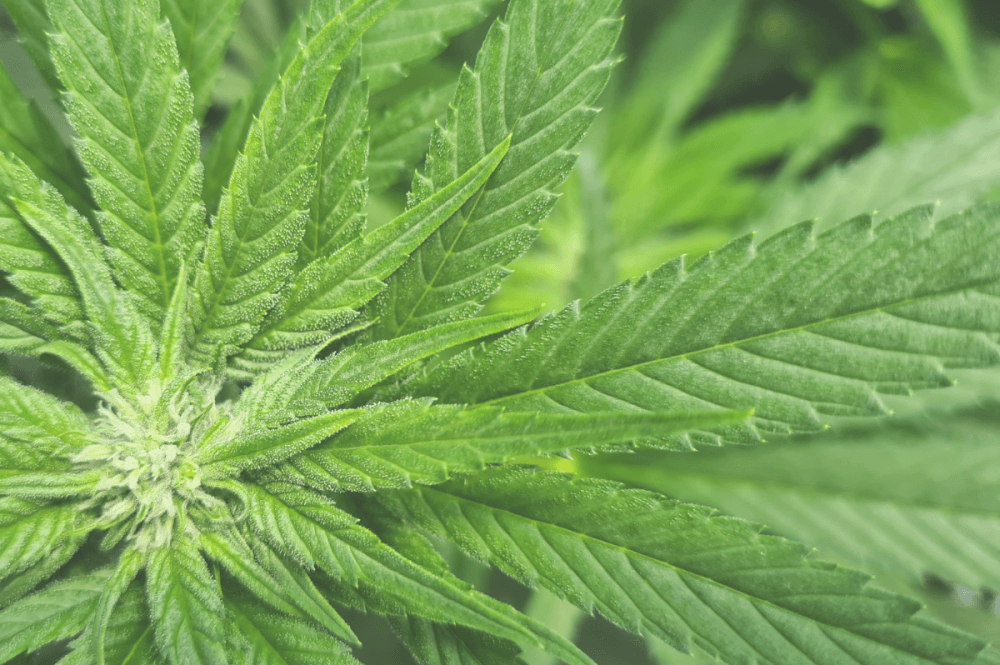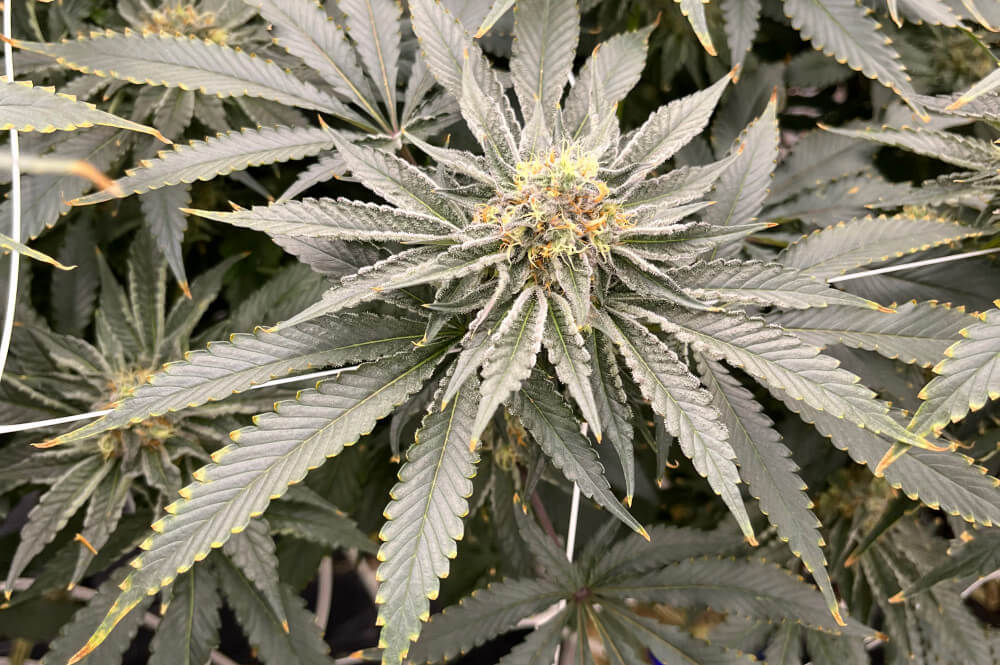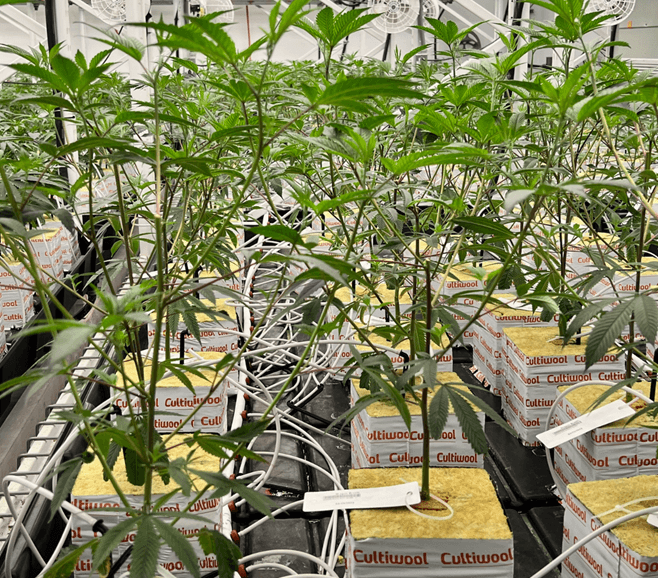
VPD & Root-Zone Balance – Why Climate Control Matters in Stone Wool Cultivation
17 October 2025
Vapor Pressure Deficit (VPD) has become one of the most discussed parameters in modern greenhouse and indoor cultivation. It provides growers with a more precise way to understand how plants interact with their environment. Specifically, how temperature and humidity, along with leaf temperature, drive transpiration. While often discussed in the context of climate control, VPD also has a direct impact on root-zone management, especially when using high-precision substrates like stone wool. In this article, we will explore the technical fundamentals of VPD, how it influences plant physiology, and most importantly, how growers can align VPD management with irrigation strategies in stone wool to achieve optimal growth and consistency.
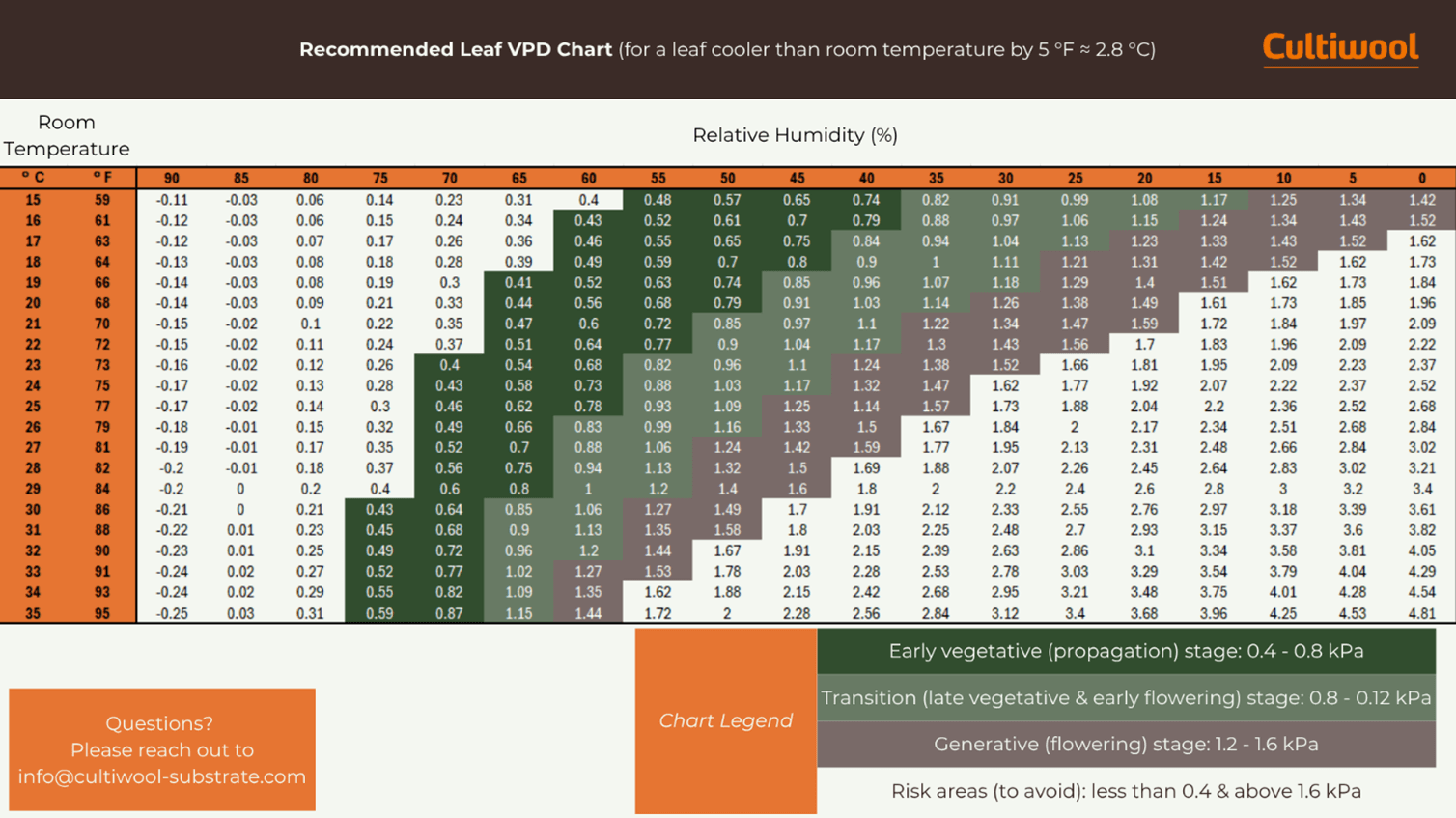
What is VPD?
Vapor Pressure Deficit is the difference between the amount of moisture in the air and the maximum amount of moisture the air could hold at a given temperature. In practical terms, VPD indicates how strongly the air “pulls” water vapor from plant leaves.
At low VPD, the air is humid. Therefore, plants transpire less. Therefore, there is a risk of reduced nutrient uptake, soft growth, and higher disease pressure.
At High VPD (dry air), plants transpire more, meaning the risk is now of water stress, calcium deficiency, and wilting.
The key for growers is to maintain VPD in an optimal range where transpiration supports healthy nutrient flow without causing excessive stress.
Why VPD Matters in Stone Wool Cultivation
Stone wool provides growers with tight control over water content (WC), electrical conductivity (EC), and pH. However, the plant’s actual demand for water and nutrients is heavily influenced by VPD:
High VPD + Stone Wool → Plants demand more water. Irrigation strategy must increase frequency to prevent rapid dry-backs and excessive EC buildup.
Low VPD + Stone Wool → Plants take up less water. Over-irrigation can lead to oxygen deprivation in the root zone and weak growth.
In other words, stone wool gives precision, but only if irrigation aligns with plant demand, which is where VPD becomes the grower’s best guide.
Key Takeaways
- VPD is a direct driver of transpiration and nutrient uptake.
- Stone wool allows growers to respond quickly to VPD shifts through precise irrigation control.
- Matching irrigation strategies with VPD conditions ensures root-zone stability and plant health.
- The best results come from combining climate data (VPD) with stone wool root-zone monitoring.
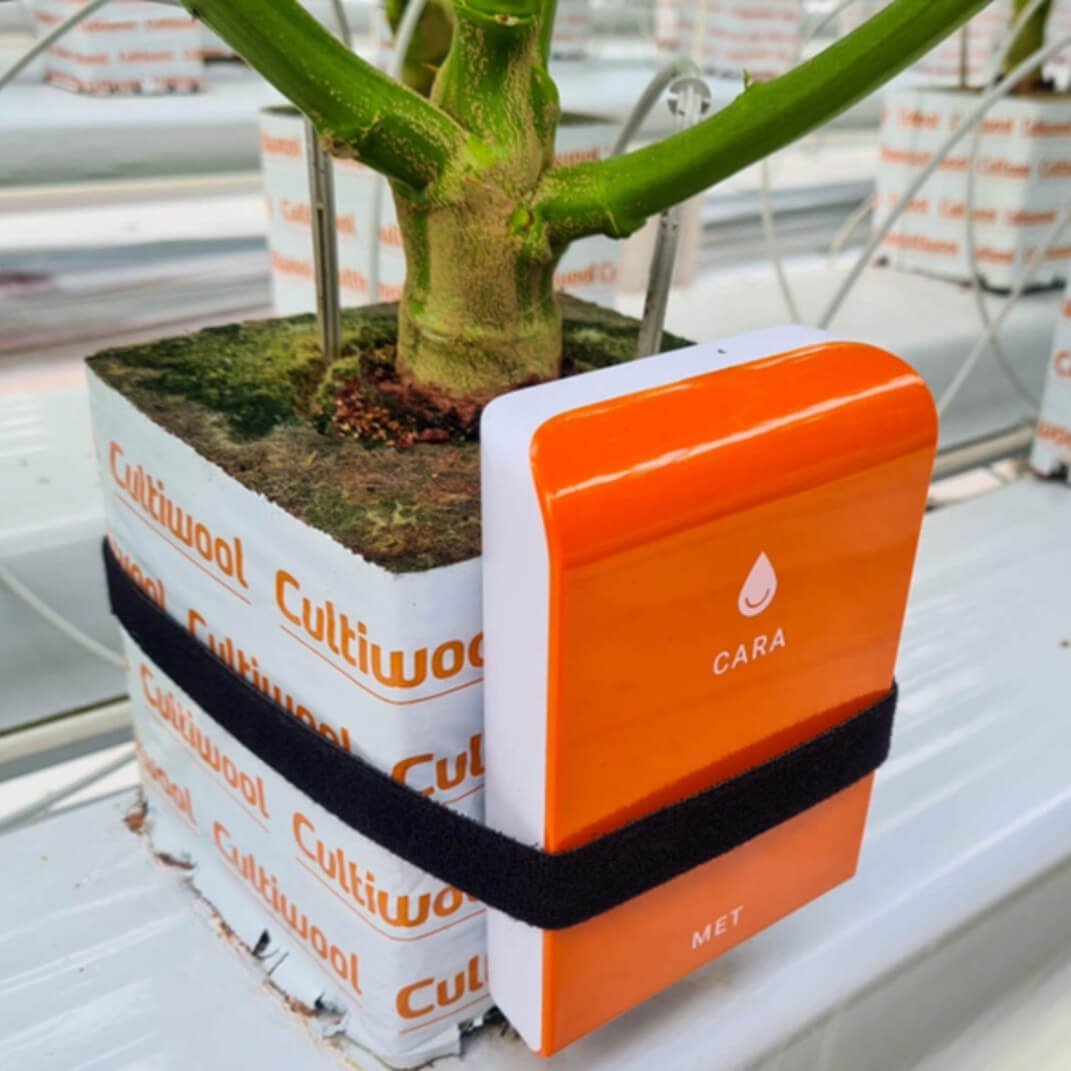
Practical Grower Guidelines
1. Match Irrigation to VPD Conditions
High VPD days: Increase irrigation frequency with smaller pulses to maintain root-zone stability. Monitor EC closely to avoid salt accumulation.
Low VPD days: Reduce irrigation events and allow for longer dry-backs, preventing oversaturation in stone wool.
2. Use VPD for Crop Steering
Vegetative phase: Slightly lower VPD (more humid) encourages leaf and root development.
Generative phase: Slightly higher VPD (drier air) stimulates transpiration, nutrient flow, and flower development.
End of Production: A higher VPD (drier air) strategy can be applied to decrease the risk of pathogen formation in the flower while also increasing secondary metabolite production.
3. Monitor Both Above- and Below-Ground Data
Combine climate sensors (temperature, humidity → VPD) with CARA MET root-zone sensors (WC, EC, pH in stone wool). This integration ensures irrigation decisions are based on real plant demand.
Example: A Cannabis or Tomato Grower’s Scenario
For cannabis, running slightly higher VPD during flowering encourages stronger transpiration and enhances bud density, provided irrigation is carefully managed in stone wool to avoid sudden EC spikes.
On a day with high VPD, tomato plants in stone wool may quickly transpire and show signs of calcium deficiency if irrigation lags behind. Adjusting irrigation frequency would ensure steady nutrient delivery.
Conclusion
Understanding and applying VPD is no longer optional; it is essential for precision growers. By linking VPD management to stone wool irrigation strategies, cultivators can achieve better crop consistency, higher quality, and more sustainable use of water and nutrients. VPD tells you what the plant needs; stone wool gives you the control to deliver it.
At Cultiwool, we are committed to supporting growers with not just top-quality stone wool but also the knowledge and guidance to get the most out of it. If you are unsure about your current setup or are looking to improve your irrigation strategy, substrate choice, or crop steering, reach out to our technical team; we are here to help!
More items

Where can I find Cultiwool?
Discover more about our Cultiwool network

